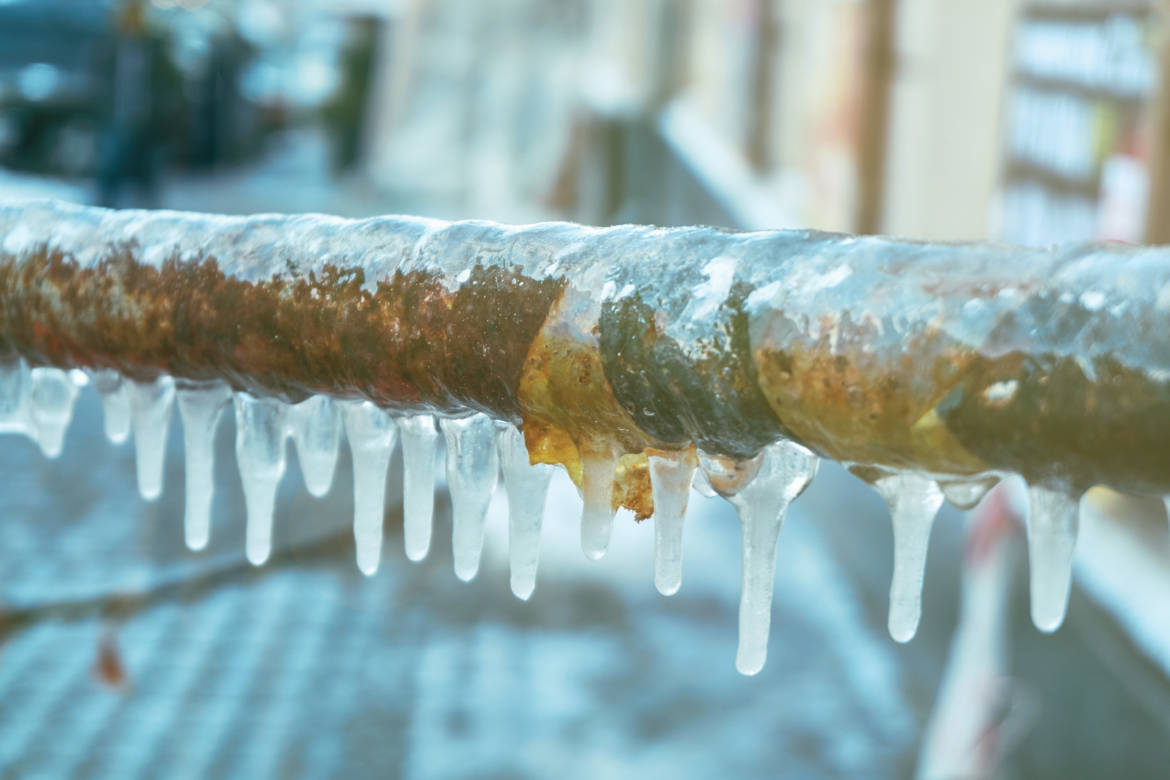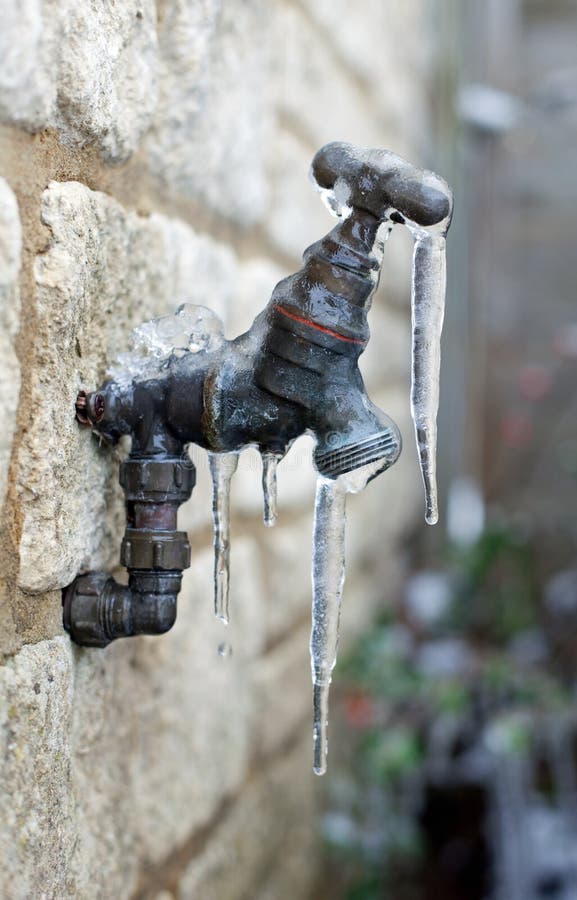Tips for Avoiding Frozen Pipes in Cold Weather: Expert Insights
Tips for Avoiding Frozen Pipes in Cold Weather: Expert Insights
Blog Article
What're your ideas about How to Prevent Your Pipes From Freezing?

Cold weather can damage your plumbing, particularly by freezing pipes. Here's exactly how to stop it from taking place and what to do if it does.
Intro
As temperature levels drop, the threat of frozen pipes boosts, potentially causing costly repair work and water damage. Understanding how to prevent frozen pipes is important for house owners in chilly climates.
Understanding Icy Pipelines
What triggers pipes to freeze?
Pipelines ice up when revealed to temperature levels below 32 ° F (0 ° C) for extended durations. As water inside the pipelines ices up, it expands, taxing the pipeline walls and possibly triggering them to break.
Dangers and problems
Frozen pipelines can result in water supply interruptions, property damages, and costly fixings. Ruptured pipelines can flood homes and trigger considerable architectural damage.
Signs of Frozen Pipeline
Determining icy pipelines early can stop them from breaking.
Just how to recognize icy pipelines
Seek lowered water circulation from taps, unusual odors or noises from pipes, and visible frost on exposed pipelines.
Avoidance Tips
Protecting susceptible pipes
Cover pipelines in insulation sleeves or utilize warmth tape to safeguard them from freezing temperatures. Concentrate on pipelines in unheated or exterior locations of the home.
Heating strategies
Keep indoor areas sufficiently warmed, particularly locations with plumbing. Open up cupboard doors to allow cozy air to flow around pipelines under sinks.
Safeguarding Outdoor Plumbing
Yard tubes and exterior faucets
Detach and drain garden hose pipes prior to winter season. Mount frost-proof spigots or cover outside taps with insulated caps.
What to Do If Your Pipelines Freeze
Immediate activities to take
If you think icy pipelines, keep taps open to eliminate stress as the ice melts. Use a hairdryer or towels taken in warm water to thaw pipes slowly.
Long-Term Solutions
Structural modifications
Think about rerouting pipes away from exterior walls or unheated areas. Add extra insulation to attic rooms, cellars, and crawl spaces.
Updating insulation
Purchase top notch insulation for pipelines, attic rooms, and walls. Correct insulation assists preserve constant temperatures and reduces the risk of frozen pipes.
Conclusion
Preventing icy pipelines needs proactive actions and quick feedbacks. By recognizing the reasons, indications, and preventive measures, home owners can secure their plumbing during winter.
6 Proven Ways to Prevent Frozen Pipes and Protect Your Home
Disconnect and Drain Garden Hoses
Before winter arrives, start by disconnecting your garden hoses and draining any remaining water. Close the shut-off valves that supply outdoor hose bibs and leave the outdoor faucet open to allow any residual water to drain. For extra protection, consider using faucet covers throughout the colder months. It’s also important to drain water from any sprinkler supply lines following the manufacturer’s directions.
Insulate Exposed Pipes
Insulating your pipes is an effective way to prevent freezing. Pipe insulation is readily available at home improvement stores and is relatively inexpensive. Pay close attention to pipes in unheated areas such as the attic, basement, crawl spaces, or garage. Apply foam insulation generously to create a buffer against the cold. You can also wrap your pipes in heat tape or thermostat-controlled heat cables for added warmth.
Seal Air Leaks
Inspect your home for any cracks or openings that could let in cold air. Seal any holes around the piping in interior or exterior walls, as well as the sill plates where your home rests on its foundation. Additionally, make sure to keep your garage door closed unless you’re entering or exiting. Leaving it open creates a significant air leak that can lead to frozen pipes.
Allow Warm Air Circulation
During cold snaps, it’s essential to allow warm air to circulate evenly throughout your home. Leave interior doors ajar to promote better airflow. Open kitchen and bathroom cabinets to help distribute heat consistently around the rooms. If you have small children or pets, be sure to remove any household chemicals or potentially harmful cleaners from open cabinets for safety.
Let Faucets Drip
A small trickle of water can make a big difference in preventing ice formation inside your pipes. When temperatures drop significantly, start a drip of water from all faucets served by exposed pipes. This continuous flow helps prevent the water from freezing. Additionally, running a few faucets slightly can relieve pressure inside the pipes, reducing the chances of a rupture if the water inside does freeze.
https://choateshvac.com/6-proven-ways-to-prevent-frozen-pipes-and-protect-your-home/

As a fervent reader on How To Avoid Freezing Pipes, I imagined sharing that piece of content was sensible. You should set aside a second to distribute this blog post if you enjoyed it. I am grateful for being here. Come back soon.
Click Report this page